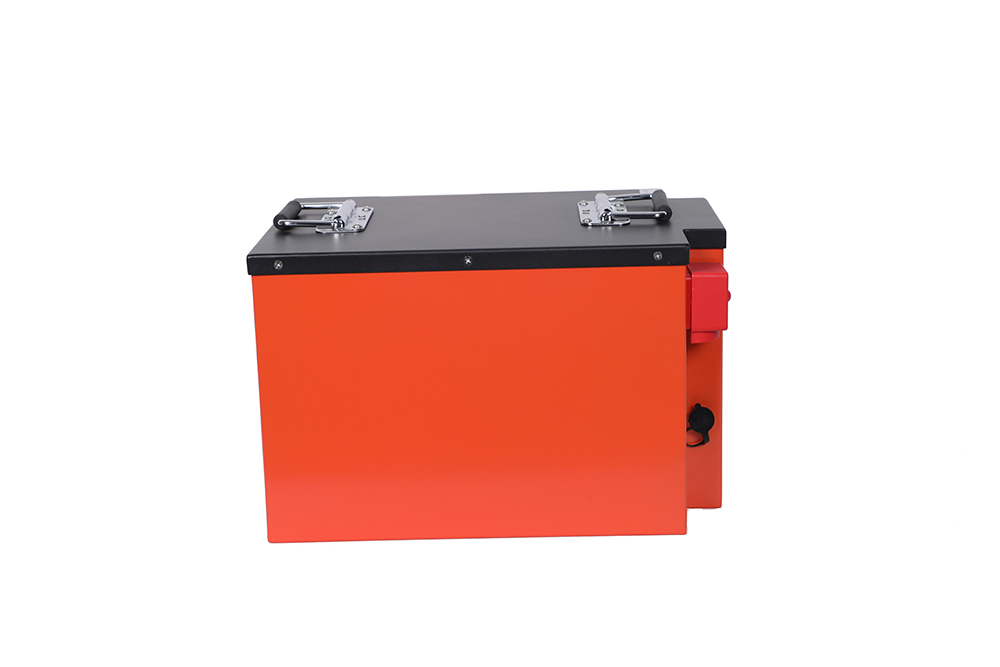China's solar module exports rose to 41.3 gigawatts of capacity in the first quarter, up 109 percent compared with the same period of the previous year despite the COVID-19 pandemic, according to the General Administration of Customs.
Installed capacity of new domestic photovoltaic power generation rose to 13.21 GW, 1.5 times that of the first quarter of last year, including 8.87 GW of distributed solar power stations, according to the National Energy Administration.
Overseas exports have become the major source of revenue for China's top six photovoltaic module manufacturers, which are also the world's top six, including Shanghai-based solar power energy company Jinko Solar, LONGi Green Energy Technology and Trina Solar, according to news portal Jiemian.com.
Jinko Solar saw its total photovoltaic modules reach 8.03 GW during the first quarter of this year and ranked tops in the world. It is also the first solar company worldwide with an accumulated photovoltaic module shipments of up to 100 GW in history. Overseas revenue of the company accounted for 78 percent of its total revenue last year, it said.
Luo Zuoxian, head of intelligence and research at the Sinopec Economics and Development Research Institute, said that while the large-scale gas shortage last year has driven European and American energy companies to shift their focus back to fossil fuels to some extent, the green energy transition has not slowed down.
"The pace of global energy transition to renewable energy has been accelerating and we are now in a golden age of renewable energy development," Luo said.
"The global ambition to achieve carbon peak and carbon neutrality has stepped up the process."
According to Luo, the increase in Chinese photovoltaic module exports during the first three months, mostly to Europe, the US and India, also reflects their ambitions to further develop renewable energy while accelerating the process of carbon neutrality.
According to Qian Jing, deputy head of Jinko Solar, the increase in photovoltaic module exports during the first three months was also in response to surging demand from abroad.
The European market accounted for approximately one-fourth of the company's export volume during the first quarter, compared with less than 20 percent in 2021. Shipments to the Indian market also witnessed surging growth during the first three months as basic Customs duties on solar modules in India were implemented from the scheduled date of April 1.
According to the China Photovoltaic Industry Association, the Netherlands, Brazil and India saw a sharp increase in market share, which respectively account for 24.3 percent, 12.2 percent and 10.3 percent of those modules exported from China.
The European market saw a high growth momentum during the first quarter of this year. With the outbreak of geopolitical tensions between Russia and Ukraine, more countries in Europe are attaching increased importance to reducing reliance on energy imports through stepping up the development of new energy.
Germany for example recently announced it would increase its percentage of renewable energy to 100 percent by 2035, five years ahead of schedule.
In addition, demand for photovoltaic modules in Latin America is also growing, which is giving more opportunities to Chinese photovoltaic module manufacturers.
Wood Mackenzie, an energy research and consultancy, forecast global solar photovoltaic installations to grow at an annual average of 8 percent from 2022 to 2031 and annual capacity to grow 25 percent in 2022, while the China Photovoltaic Industry Association estimates global installed capacity for solar power will reach 240 GW this year.
Jinko Solar expects photovoltaic module shipments during the second quarter to reach 8.5-9.5GW, while it is also optimistic about the prospects for the second quarter solar modules in the domestic market, especially in the distributed photovoltaic sector.
According to LONGi, while its photovoltaic module exports were not as high as expected during the first quarter due to uncertainties in the American market and industrial chain price increases, it expects exports to improve during the second quarter.
The company is already increasing module deliveries starting from April and aims to export 50-60GW of photovoltaic modules in 2022.
Source: ChinaDaily, May 25






